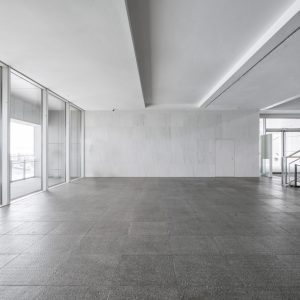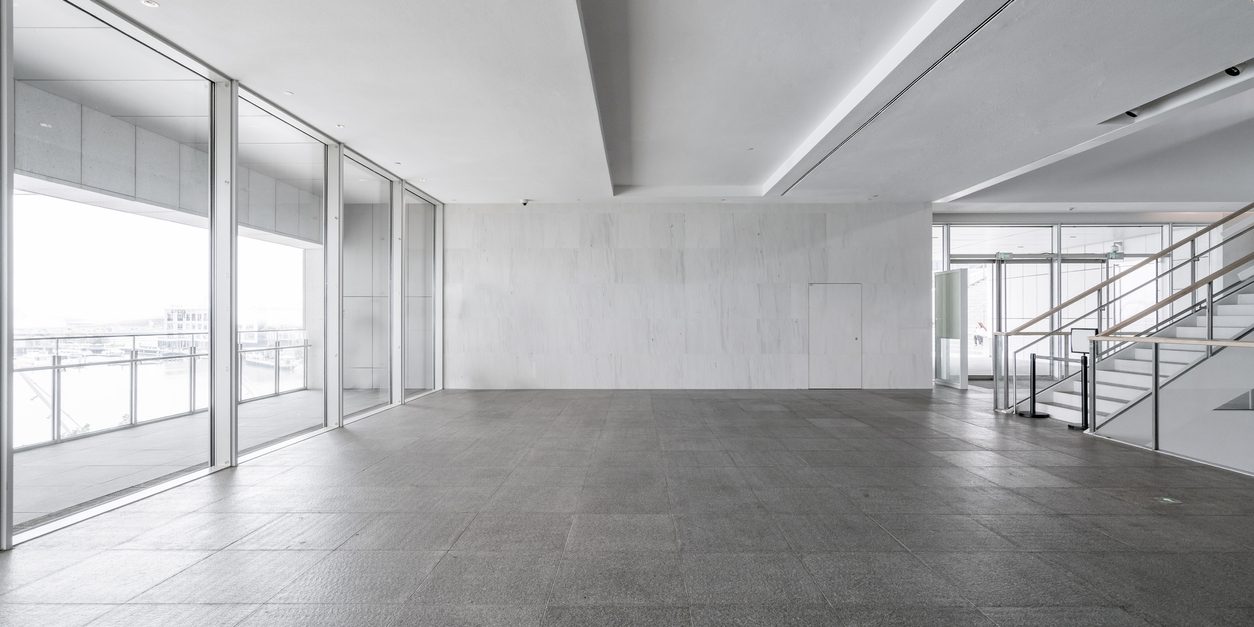
The trend toward employees working remotely that began during the COVID-19 pandemic has proven popular, and many employers have been able to shrink their office costs by leasing smaller spaces.
However, these changes have resulted in increased commercial building vacancy rates, and that can leave their owners with insurance problems. The National Association of Realtors has reported that the nationwide office vacancy rate in 2023 was 13.3%, up from 12.2% the year before. Moody’s Analytics estimates the rate at a record 19.6%.
Insurance companies are hesitant to insure buildings that fall below 50% occupancy because these properties may:
- Be poorly maintained.
- Have pest problems.
- Be susceptible to water leaks.
- Be vulnerable to vandalism and broken windows.
- Be an attractive shelter for homeless individuals, who may use improvised heat sources that can cause fires.
Vacancy has insurance coverage implications even for those that are covered. Different insurance policies define “vacant” in different ways, so a building considered vacant under one policy might not be under another.
Standard vacancy definition
However, a standard policy defines a building as vacant unless at least 31% of its square foot area is either rented to and used by a tenant for normal business operations and/or used by the building owner for normal operations.
If a commercial building falls below 31% occupancy during the insurance policy’s term, the coverage on it may decrease automatically. A typical policy provision states that if the building is vacant for more than 60 consecutive days before a loss occurs, the insurance will not cover a loss caused by:
- Vandalism
- Leakage of an automatic sprinkler system, unless the owner has protected it against freezing
- Building glass breakage
- Water damage
- Theft or attempted theft.
In addition, the payment for covered losses caused by anything else will be reduced by 15%. For example, if a fire caused $100,000 damage, the insurer will pay only $85,000.
Some state laws may permit insurance companies to cancel a policy if they discover that the building has become vacant or not adequately occupied. In hard markets where insurance companies are struggling for profitability, many of them may cancel policies.
In some cases, insurance on vacant buildings may be available only from unregulated insurance companies in the “excess and surplus lines market.” These companies can use policies and rates without getting approval from the state insurance regulator.
They can provide recourse for a building owner who cannot otherwise get coverage, but the policies may provide less coverage for higher premiums than the owners were used to.
To remain attractive to insurance companies, commercial building owners should ensure that:
- A building has heat.
- Protective devices (such as alarm systems and sprinkler systems) are still operational and monitored, if possible.
- Security is still in place.
The takeaway
Insurance companies ordinarily like to insure office buildings. Their occupancies are normally not dangerous, they are usually built with fire-resistive materials, and they typically have visitors for only eight or nine hours a day, five days a week.
Building owners who can keep their properties in good shape during a drop in occupancy may have to pay higher premiums, but they will have an easier time getting insurance.


